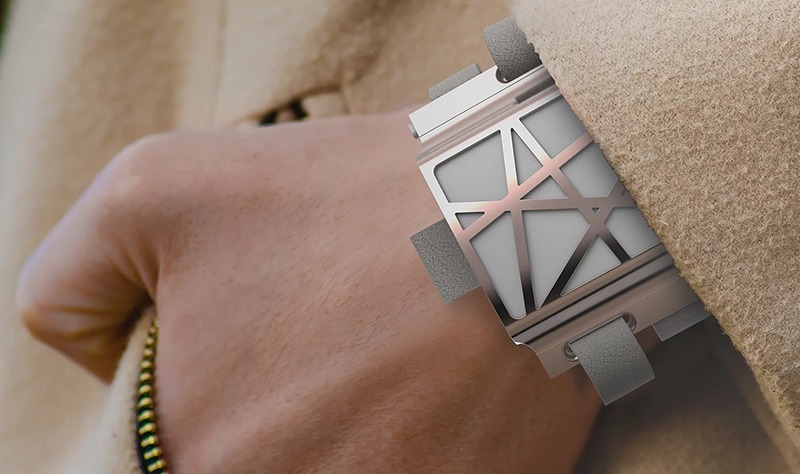Astinno, a London-based femtech hardware startup has received an innovate UK grant worth $450 thousand. The money will help Astinno further test its wearable for women experiencing a perimenopause symptom known as hot flushes.
Read more Femtech Startup Bloomer Develops Smart Bra that Can Monitor Women’s Health
The wearable, dubbed Grace, has sensors that can detect the onset of a hot flush, which include sweating, a rise in heart rate, shortness of breath and a reddening of the skin. The device then cools a women’s wrist to fight the reaction. The process is similar to running one’s wrist under a cold tap, reports TechCrunch.
Hot flashes are the most common symptom of menopause and perimenopause. More than two-thirds of North American women who are heading into menopause have hot flashes. If you lose too much body heat, you might feel chilled afterward. Night sweats are hot flashes that happen at night, and they may disrupt your sleep.
Current solutions to this problem include prescribed drugs or herbal remedies that often have bad side effects. Another solution is a manually operated device, but it can only be used once the hot flush has started. Grace is the first device to offer an automated option that predicts hot flush before it occurs. Automated cooling is especially useful for easing night flushes, as it allows the sufferer to sleep soundly instead of waking multiple times during the night.

According to founder Peter Astbury, the research team has built several prototypes of Grace to date. He says some limited user-testing has also been done. But they’ve yet to robustly prove the efficacy of the core tech — hence taking grant funding for more advanced testing.
Morgan IAT is Astinno’s commercial partner on the project. Both have been awarded the Innovate UK money via a publicly funded UK SMART grants scheme. Loughborough University – Astbury’s alma mater – is also involved as a research party, and is being funded for 100% of its grant costs.
“Several prototypes have been created so far, mainly by myself having received electronics and design training as part of my degree at Loughborough University,” says Astbury. “Shortly after leaving university I also briefly worked with an electronics company that helped to refine some of the components within the Grace product.
Read more INNOVO: Non-Invasive Wearable to Treat Stress Urinary Incontinence in Women
“Morgan IAT has the crucial technical role of developing a number of prototypes in conjunction with Astinno. This includes both hardware and software development, building many more advanced prototypes that are being tested, refined, and then tested again.
At this stage of development there’s no timeline for when a product might be brought to market, the TechCrunch report said.












